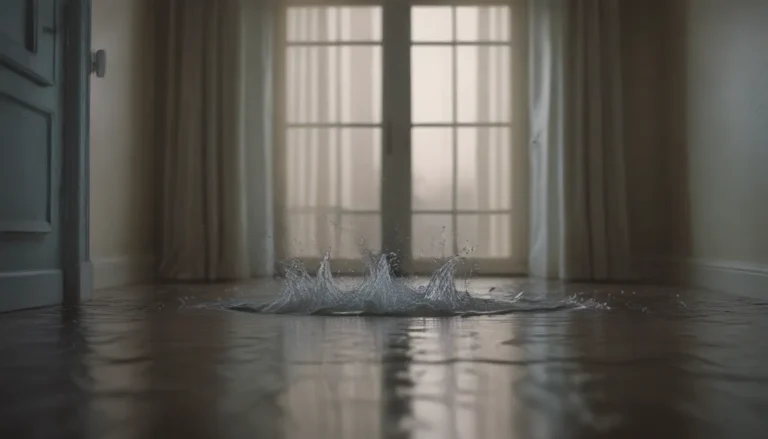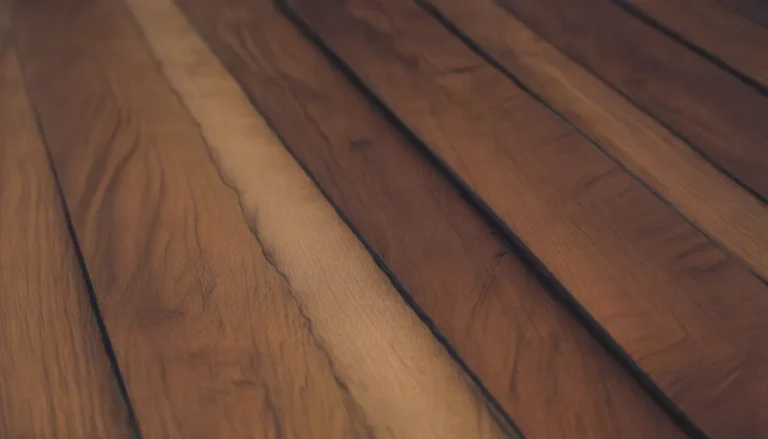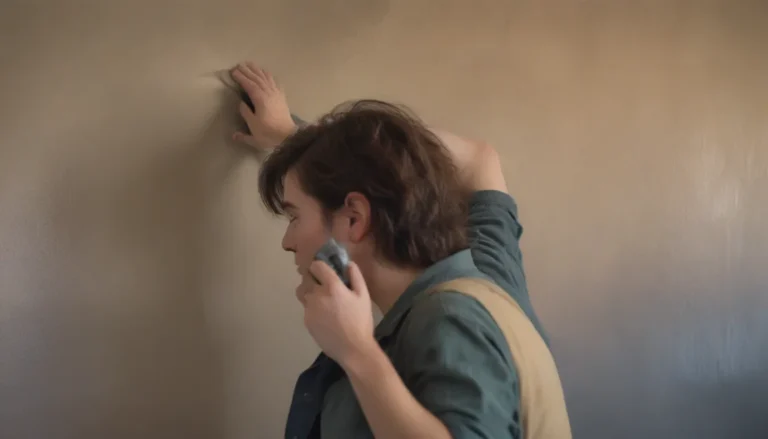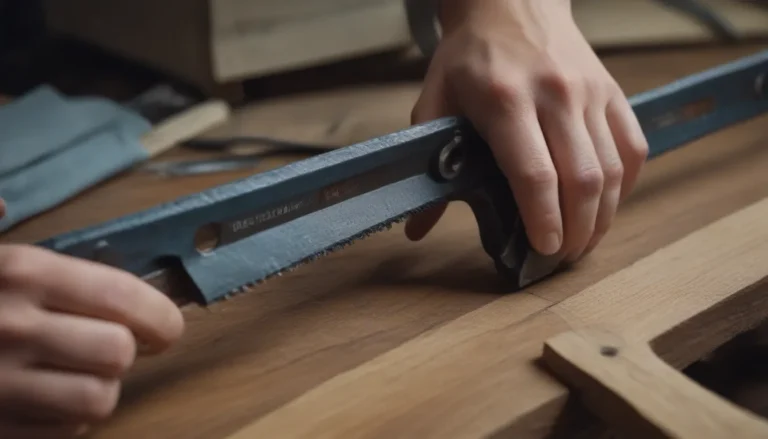Mastering Roof Pitch: A Comprehensive Guide to Choosing the Right Roofing Materials
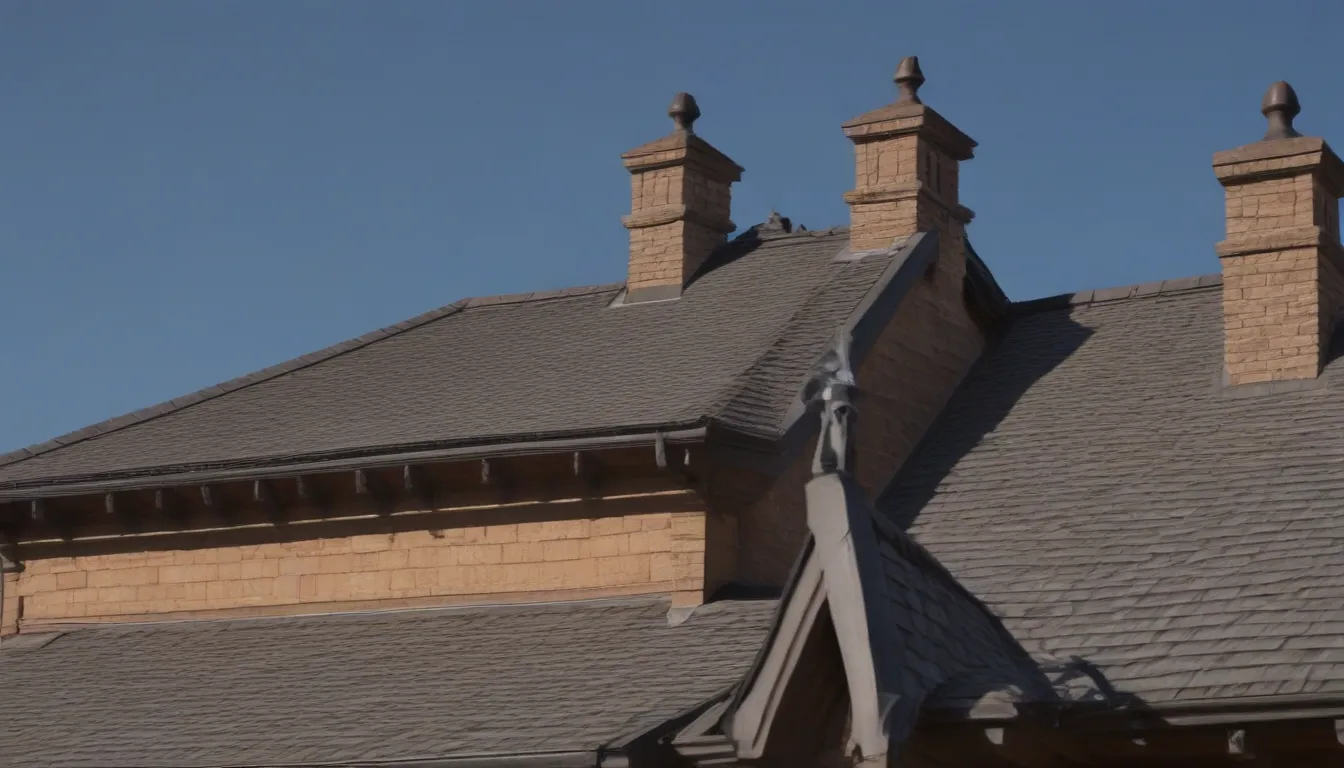
Are you in the process of selecting roofing materials for your home, but feeling overwhelmed by the various options available? One key factor to consider when choosing roofing materials is the roof pitch. Roof pitch plays a significant role in determining which materials are suitable for your specific roof design. In this in-depth guide, we will explore everything you need to know about roof pitch, how to calculate it, and which roofing materials work best for different roof pitches. By the end of this article, you will feel confident in making an informed decision when it comes to selecting the right roofing materials for your home.
Understanding Roof Pitch
Let’s start by defining roof pitch. The roof pitch refers to the angle of a roof and is designated by two numbers that indicate a ratio. This ratio represents the vertical rise of the roof in relation to the horizontal span. For example, a roof pitch of 2:12 means that the roof rises two feet for every 12 horizontal feet.
How to Calculate Roof Pitch
There are two common methods for calculating roof pitch:
From the Roof
- Stand on the roof with a bubble level, a 4-foot-long board, and a tape measure.
- Measure the vertical height and horizontal span of the roof.
- Calculate the ratio by dividing the vertical height by the horizontal span.
- Express the ratio in a familiar format (e.g., XX:12).
From a Ratio
- When presented with a roof pitch ratio, the number before the colon represents the vertical height, and the number after the colon signifies the horizontal span.
- For instance, a roof pitch ratio of 5:12 means that for every 12 horizontal feet, the roof changes 5 feet in vertical height.
Roof Pitches and Suitable Roofing Materials
Different roof pitches require specific roofing materials to ensure proper installation and functionality. Let’s explore the appropriate roofing materials for various roof pitches:
Very Low Roof Pitches: 0.25:12 to 3:12
Roof pitches with low angles, such as 1:12 up to 3:12, are commonly found in modern urban-style houses and industrial buildings. Suitable roofing materials for very low roof pitches include:
– Built-Up Roofing
– Torch-Down Roofing
– Rubber Membrane
– Standing Seam Metal Roofing
Low Roof Pitches: 2.5:12
Clay or cement tiles can be used on roof pitches of 2.5:12, requiring a double underlayment for proper installation.
Normal or Moderate Roof Pitches: 4:12
Traditional 3-tab shingles made with asphalt composite are versatile and suitable for roof pitches ranging from 4:12 to 12:12. These shingles offer flexibility and adaptability to various roof designs.
High Roof Pitches: 5:12 to 12:12
Wood and slate shingles are ideal for roofs with higher pitches, providing a durable and aesthetically pleasing roofing solution. However, they may not be suitable for lower pitches due to potential leaking issues.
Very Steep Roof Pitches: 18:12
Victorian-era houses often feature steeply angled roofs with pitches as high as 18:12. This distinctive style requires specific materials that can withstand the extreme slope of the roof.
By understanding the correlation between roof pitch and roofing materials, you can make an informed decision when selecting the most suitable roof covering for your home. Remember to consider the unique characteristics of your roof pitch to ensure a successful and long-lasting roofing installation.
Conclusion
In conclusion, mastering the concept of roof pitch is essential for choosing the right roofing materials for your home. By calculating the roof pitch and selecting materials that align with the specific pitch of your roof, you can ensure a successful roofing installation that enhances both the aesthetics and functionality of your property. Whether you have a low-sloped roof or a steeply angled roof, there are roofing materials available to meet your needs. Remember to consult with roofing experts to determine the best materials for your specific roof pitch and enjoy a durable and visually appealing roof for years to come.

